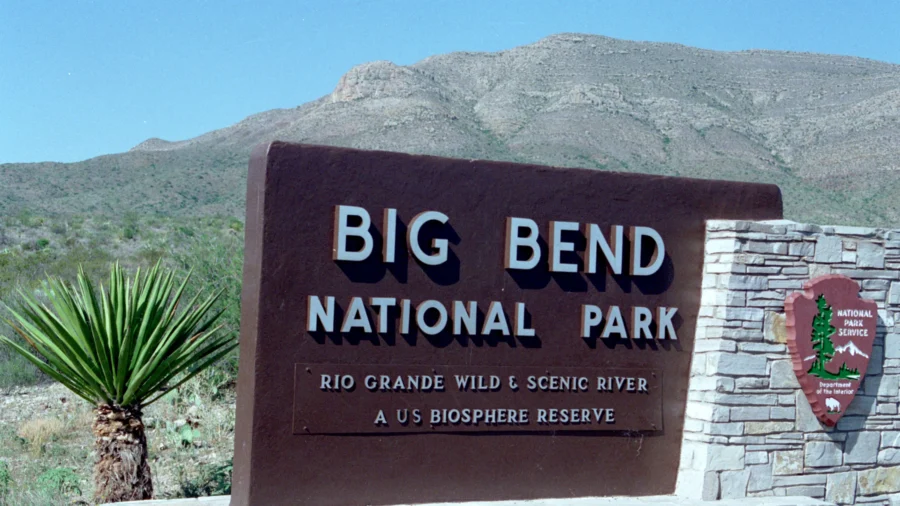A young hiker was found dead along a trail in Big Bend National Park, Texas, prompting park officials to warn visitors about extreme temperatures, which can be dangerous even during fall months.
Park rangers noticed a vehicle on Sunday that had been parked for several days at the Marufo Vega/Strawhouse/Ore Terminal Trailhead. With no records of registered overnight backpackers for that area on those nights, the park pilot initiated a search but did not locate any hikers nearby, according to a National Park Service news release on Monday.
On Monday morning, the park search and rescue team, supported by helicopters from the Texas Department of Public Safety and U.S. Customs Air and Marine Operations, mobilized across three trails to search the remote area.
The body of a 24-year-old hiker was eventually located along the rugged Marufo Vega Trail, and a Department of Public Safety helicopter was used to recover the body.
“Big Bend National Park staff and partners are saddened by this loss,” Deputy Superintendent Rick Gupman said in a statement. “Our entire park family extends condolences to the hiker’s family and friends.”
The National Park Service noted that, even in late October, daily temperatures along the Rio Grande and desert areas of Big Bend remain extreme, nearing 100 degrees F each afternoon.
“Park Rangers wish to remind all visitors to be aware of the dangers of extreme heat,” the statement reads. “Hikers should be prepared to carry plenty of water, salty snacks, and to plan on being off desert trails during the heat of the afternoon.”
Hazardous weather, including extreme heat, has claimed the lives of multiple hikers this year in national parks across the United States.
Last month Yellowstone National Park launched a search and rescue mission after Austin King, a 22-year-old employee of the park, went missing following a weeklong backcountry trip to summit Eagle Peak. Rescuers discovered King’s camp and belongings in the upper Howell Creek area. King had begun his solo trip on Sept. 14 and been dropped off by boat at Terrace Point, according to a National Park Service news release.
Since summer, two people have died from heat-related causes in California’s Death Valley National Park, where the Furnace Creek weather station recorded its hottest meteorological summer on record (June–August), with an average 24-hour temperature of 104.5 degrees F. This surpassed the previous records of 104.2 degrees F set in 2021 and 2018. Throughout the season, park rangers responded to numerous life-threatening heat incidents, as extreme temperatures challenged even well-prepared visitors.

